Chinese Cabbage
Chinese cabbage is the member of the Brassiceae family. The members of this family include the cauliflower, cabbage, turnip, radish, broccoli, Brussels sprouts etc. Chinese cabbage is one of the most versatile vegetable. It is very popular, can be grown in a short period of time and has high nutritional value. It belongs to the same genre as the European cabbage; however more elongated leaves and they are loosely packed. They are believed to be a cross between turnip and pak-choi. They were originated in China and have become very popular across the world in recent days.
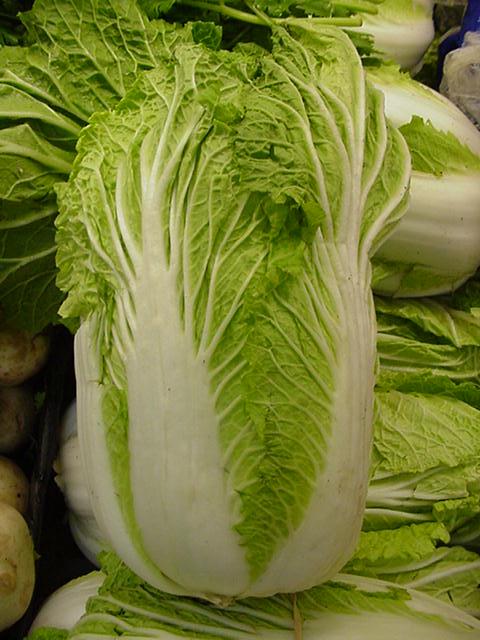
Chinese Cabbage
Table Of Content
Chinese cabbage Scientific Name
The scientific name for the Chinese cabbage is Brassica rapa.
Chinese cabbage History
The Chinese cabbage was found in the deltaic region of the Yangtze River until the pharmacologist of the Ming Dynasty Li Shizhen decided to study the medicinal properties of the vegetable. The Chinese cabbage later became the staple vegetable of Korea. Post Russo-Japanese war, the Japanese soldiers took back home the Chinese cabbage and gradually it became popular all over the world.
Chinese cabbage Variety
The Chinese cabbage is of two varieties and they are further sub-divided. The two distinct varieties are:
- The Pekinensis group
- The Chinensis group
The Pekinensis group cabbages have broad green leaves with white stalk. The leaves are usually closely wrapped and have a cylindrical shape. This variety is mostly popular in Northern China, Korea and Japan. It has great demand outside Asia. Pekinensis group has diverse names all over the world, some of which are Napa cabbage, Chinese white cabbage, Da baicai, Hakusai, pe-tsai etc.
The Chinensis group does not wrap around and have dark green leaves. They are popular in Northern Europe, Southern part of china and Southeastern parts of Asia. Bok Choy is a very common term for the Chinensis group in Northern America. Other terms used for this variety are Chinese mustard, spoon cabbage, greengrocery etc.
Chinese cabbage Nutrition Facts
The Chinese cabbage has incredibly low calorie, sodium and saturated fat content which are often recommended by some of the dieticians. The Chinese cabbage is a good source of soluble and soluble fibers which have compounds known to reduce bad cholesterol level in the blood, protect against breast and prostate cancer. It contains various antioxidant compounds too. They are also a good source of vitamin A, potassium and of folic acid. This variety of cabbage has anti-inflammatory properties.
Chinese cabbage Toxic Effects
Bok Choy, the Chinensis group of Chinese cabbage, contains a compound called Glucosinolates which prevents cancer if taken in small dose however becomes toxic if taken excessively. Over consumption of Bok Choy causes dizziness, nausea, and indigestion for people with weak digestive system.
Growing Chinese cabbage
The various varieties of Chinese cabbage are cool weather vegetables. The seed of the Chinese cabbage should be sown half an inch deep and spaced apart. Moist soil is good for its growth but too wet soil can rot the plant. Keeping the plant under direct sun is not recommended and should be kept under cool temperature. They should be sown at least 4 to 6 weeks prior to the onset of frost day in spring, spring or autumn is the best time to grow Chinese cabbage. The Chinese cabbage bolts and sends flowers which rob the plant of its nutrient if planted too late in fall or spring. It usually takes 50 to 85 days to become fit for harvesting and needs to be harvested during the cool temperature.
Chinese cabbage Disease, Pest and Problems
Several pests hamper the production of Chinese cabbage. Some of the pests are cabbage worm, cut worm, cabbage looper, root maggots, flee beetle, aphids, downy mildew, rot, bacterial angular leaf spot, anthracnose, virus disease, spodoptera litura etc. The leaves of the cabbage are attacked by the slug and the flee beetle. Where the slug eats away the leaves, the flee beetle damages the leaves with small holes which turns brown. Cabbage root fly damages the stem and the root of the Chinese cabbage. A cabbage caterpillar damages the leaves and bores deep inside the cabbage. The fungal disease known as club root causes stunted growth and the leaves of the cabbage turning purplish. Some of the problems and diseases that affect the Chinese cabbage are as follows:
- Cabbage worms and cabbage loopers attack the leaf of the cabbage and since they are green in color they can barely be seen. There are sprays available which can be used to avoid such worms.
- Cutworms chew off the leaves of the cabbage. They position themselves according to the moisture content; when the plant has just been watered they can be seen at the surface and when the moisture content is low they go underground.
- Root maggots feed on roots of the cabbage and lay their eggs on the stem of the host plant. Soil treatment is necessary to avoid such pests.
- Aphids are green, red black or white insects which results in curling up of the leaves. Insecticides should be used to avoid them.
- Slugs and snails need moist environment to survive hence one should avoid overwatering the plant. Hand picking these slugs and snails is very effective.
- Damping off of the seeds can be avoided by letting the soil to dry before it is watered again.
- Bacterial soft rot affects the root and the stem of the plant. The vein of the infected plant turns black or gets dwarfed. Crop rotation is necessary to avoid such instances.
Cooking Chinese cabbage
Chinese cabbage is a versatile vegetable with a delicate flavor. It can be boiled, stir fried or steamed, according to individual preference.
Chinese cabbage Recipe
There are innumerable delicacies that you can make with the Chinese cabbage to pamper your taste buds. Some of which are as follows:
- Chinese cabbage Salad: all season favorite of many. The Chinese salad is low on saturated fat and cholesterol hence recommended by many dieticians.
- Hot Chinese cabbage: tantalize your taste buds with the seasoning of your choice. Taste best when served cold.
- Chicken Chinese cabbage and Broccoli stir fry: this recipe can be prepared instantly.
- Stir fried Chinese cabbage: easy to cook and the ingredients used are easily available in the kitchen.
- Pickled Chinese cabbage: easy to prepare, it can spice up any food.
- Ham and Chinese cabbage soup: a cold winters day and ham and Chinese cabbage soup would be the perfect choice.
- Braised Oriental cabbage: this dish is low on fat, calorie and sodium; it can mix well with meat or fish.
- Grilled Bok Choy (Chinese cabbage): this dish would be a wonderful alternative to fried Chinese cabbage.
Chinese cabbage is one of the most popular vegetable across the world. It has a very versatile and delicate flavor which satisfies the taste buds of every individual. Stir fry it, steam it, boil it or make a refreshing salad, it can be served for all season. A hot Chinese cabbage soup during the chill winters day or a fresh salad on a hot summer day, it never disappoints any.
Refrences
http://discworld.imaginary.com/lpc/links/cabbage/info/chinesecabbage.html
- by Bebaychna Rai
- August 9th 2011

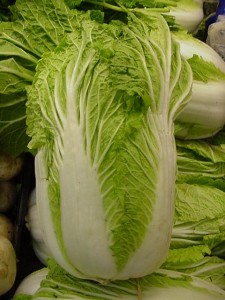
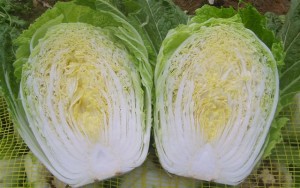
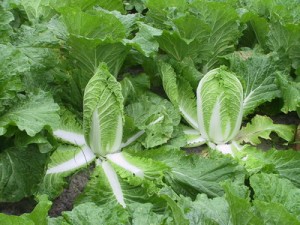
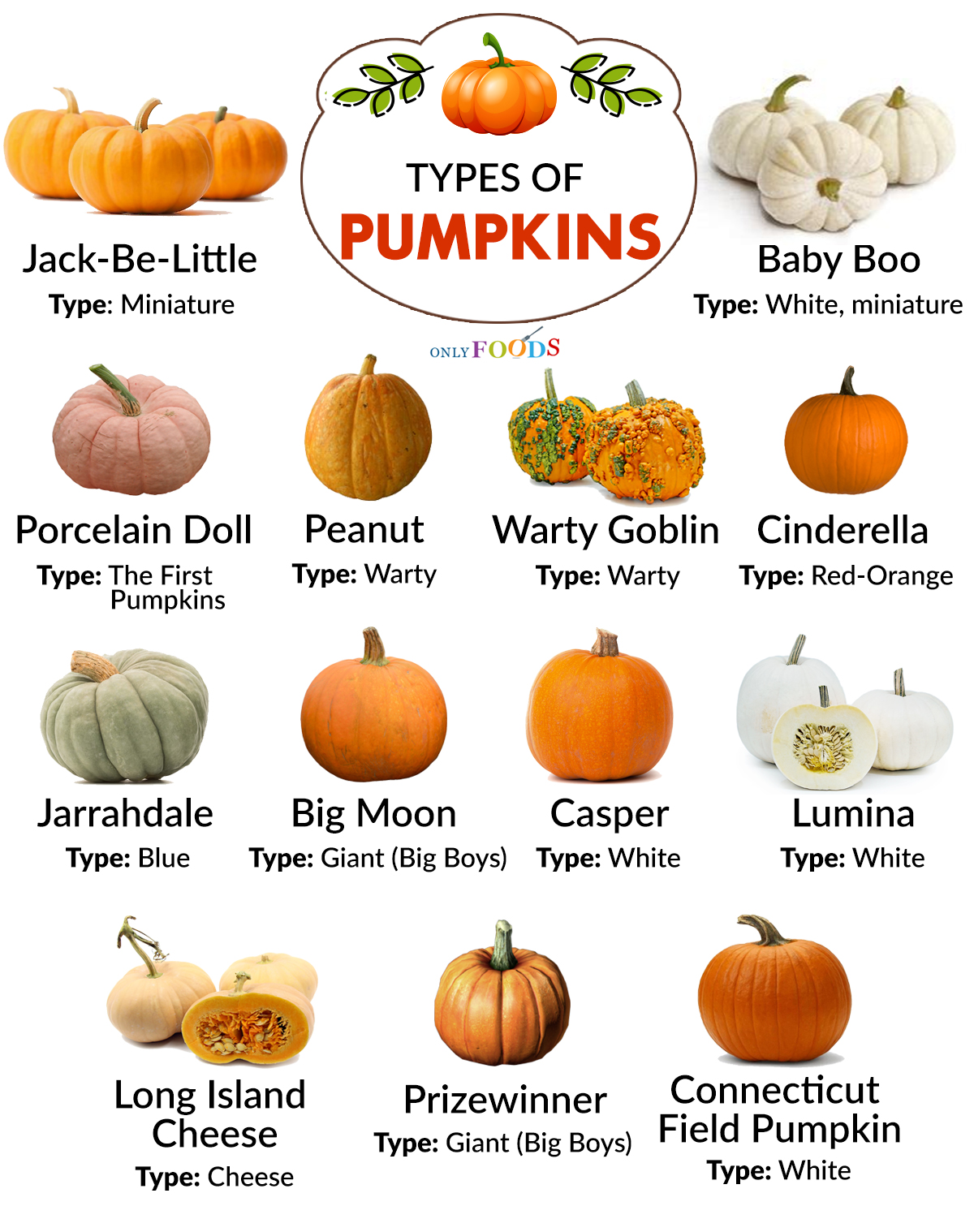
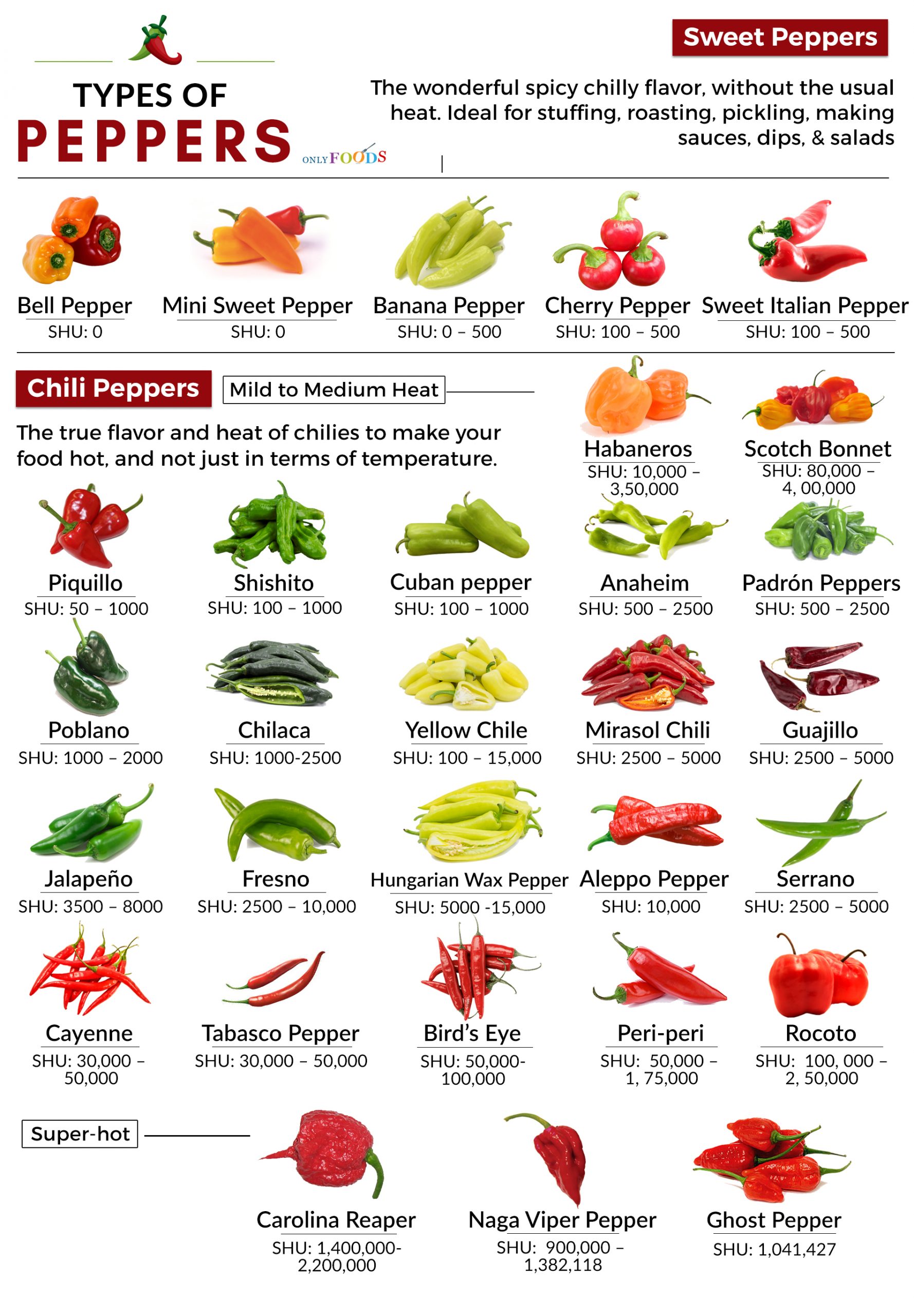
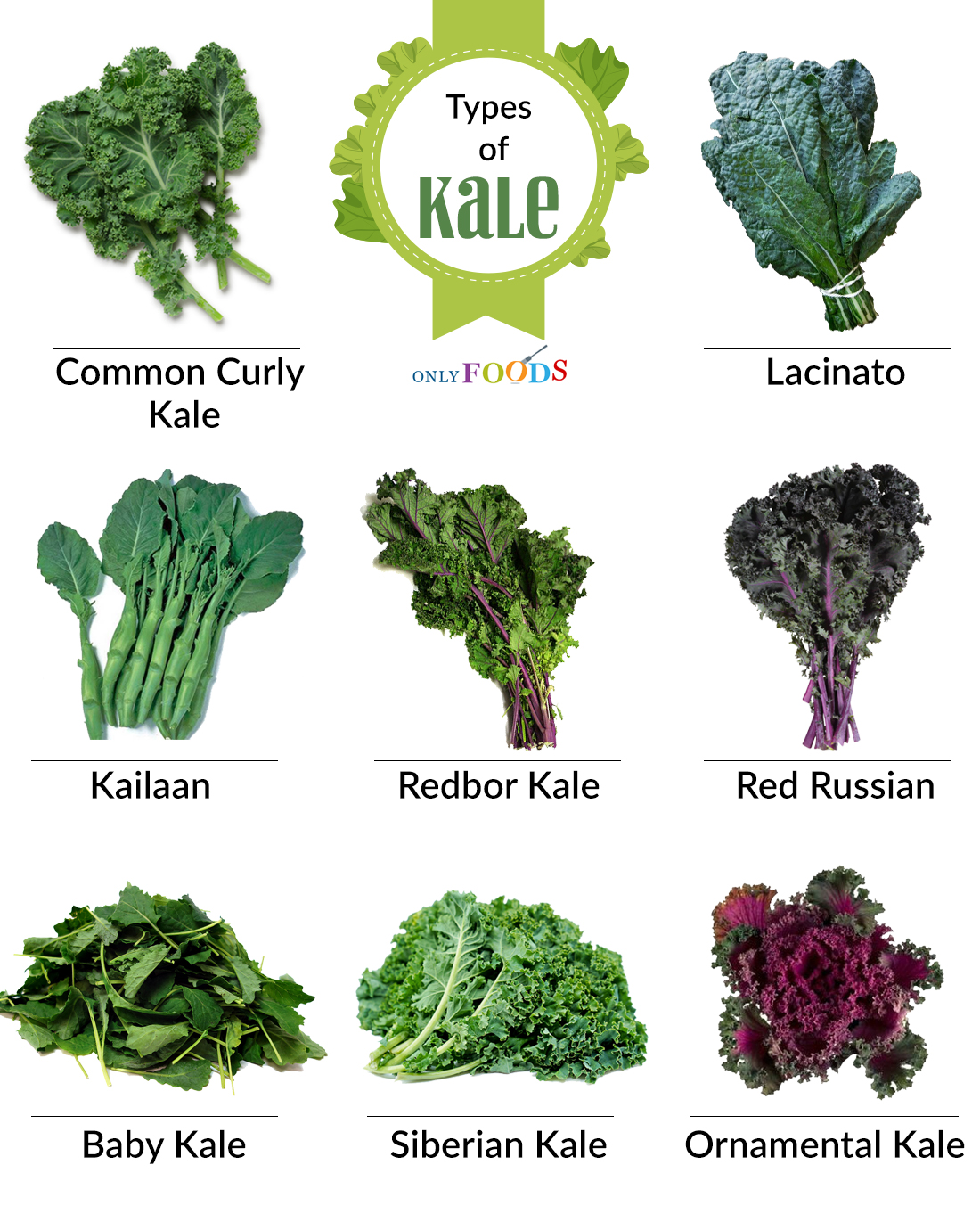
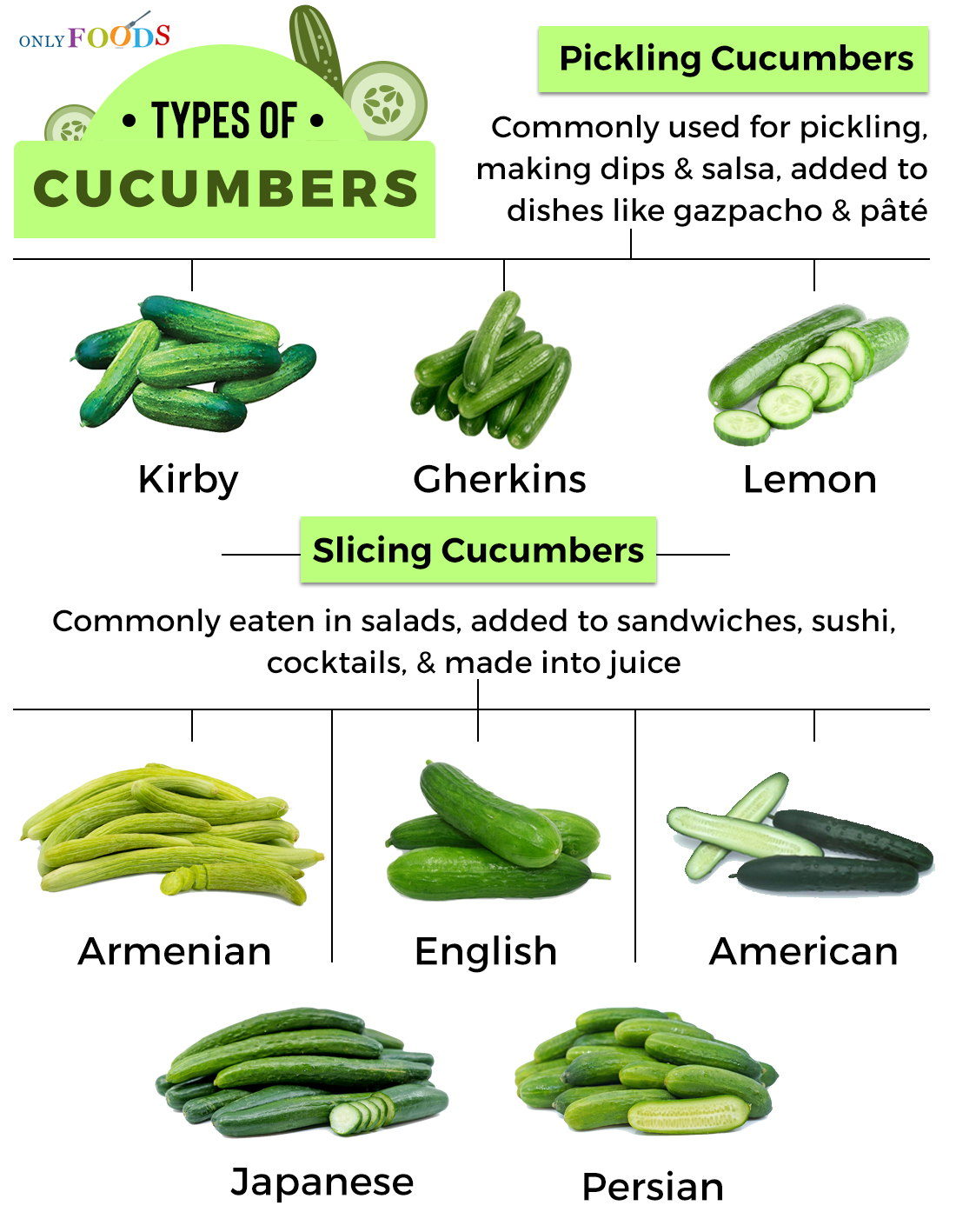
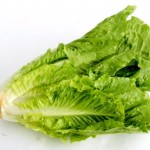
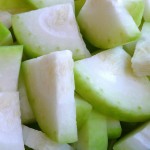
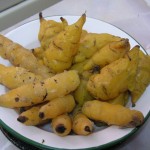
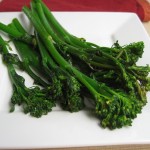
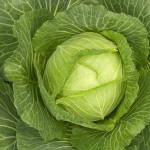
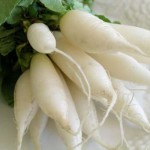
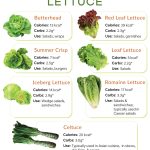

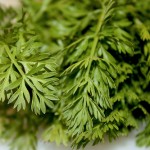





Leave a Reply